
Samsung startet auf Deutschem Notebookmarkt neu
Das Galaxy Book Ion und Flex sind zwei von drei neuen Notebooks, die Samsung auf den deutschen Markt bringt. Dabei: QLED-Panels und S-Pen.
by Oliver NickelNach seinem Rückzug vom deutschen Notebookmarkt vor einigen Jahren bringt Samsung 2020 immer mehr neue Geräte zurück. Dazu zählen auch das Galaxy Book Flex und das Galaxy Book Ion. Beide Geräte werden in 13 Zoll und 15 Zoll angeboten. Die Displays lösen in Full HD auf. Samsung nutzt die eigenen QLED-Displays, die das Unternehmen etwa auch für Fernseher verwendet. Diese sind Ableitungen von LC-Panels.
Der merkliche Unterschied zwischen beiden Modellen: Das Galaxy Book Ion ist ein normales Clamshell-Notebook, während das Flex ein 360-Grad-Scharnier und einen Touchscreen verwendet. Es kann also etwa auch als Tablet genutzt werden. Das Notebook ist zudem mit dem S-Pen kompatibel, der auch bei Galaxy-Note-Smartphones genutzt wird.
Das Flex verwendet einen Intel-Prozessor der Generation Ice Lake U, die typischerweise mit 7 oder 15 Watt Lesitungsbudget arbeiten. Das Ion verwendet eine CPU aus der Comet-Lake-U-Serie. Samsung schreibt nicht genau, welche CPU-Modelle verbaut werden, nur dass es sich um Core i5 und Core i7 handelt.
Verlöteter Arbeitsspeicher
Es wird bei beiden Produkten auch eine 15-Zoll-Version mit dedizierter MX250-GPU von Nvidia geben. Die ist flotter als die integrierte Grafikeinheit, allerdings trotzdem in Spielen limitiert. Es sollte hier nicht zu viel erwartet werden. Beide Notebooks wird es mit 8 oder 16 GByte RAM geben. Beim Galaxy Book Ion hatte Golem.de schon zuvor festgestellt, dass es sich um verlöteten LPDDR4X-RAM handelt. Ein späteres Nachrüsten ist also wohl nicht möglich. Die 16-GByte-Option beschränkt sich zudem auf die jeweiligen 15-Zoll-Modelle. Außerdem sind entweder eine 256 oder - wieder nur beim 15-Zoll-Modell verfügbare - 512 GByte große NVMe-SSD vorinstalliert.
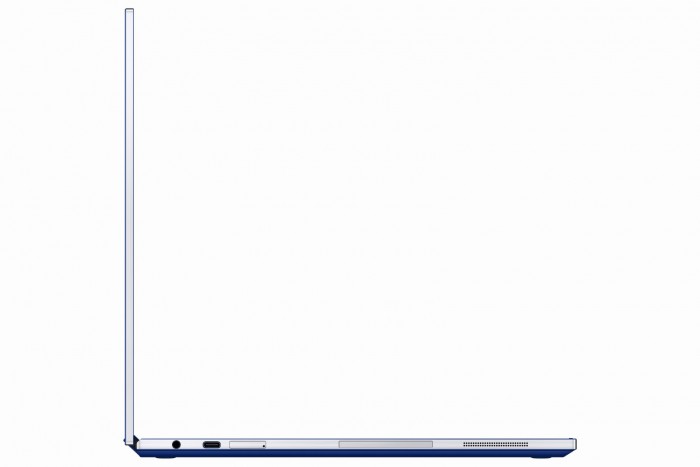
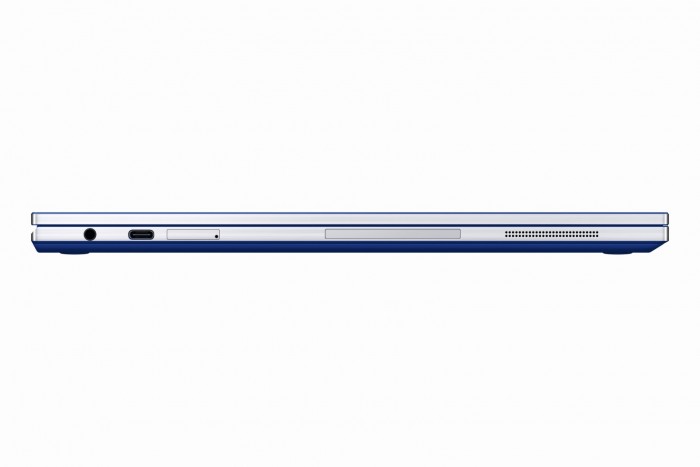
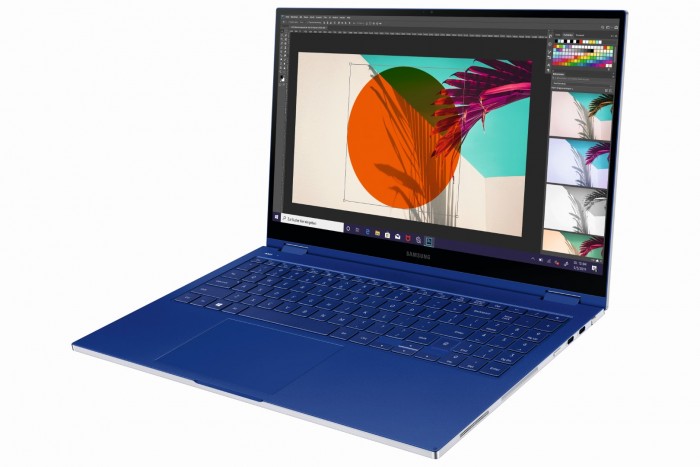
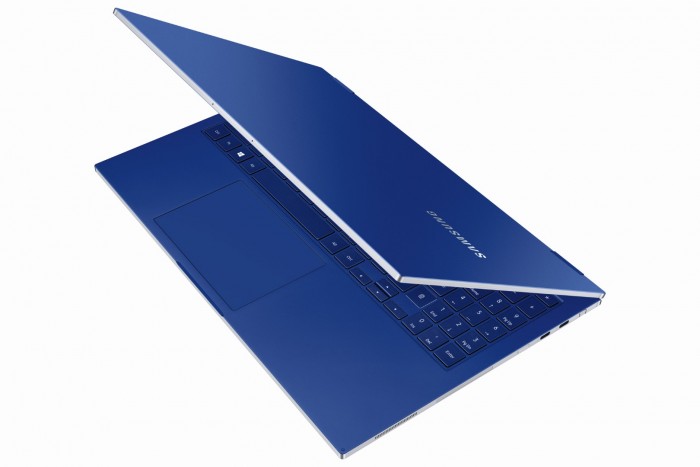
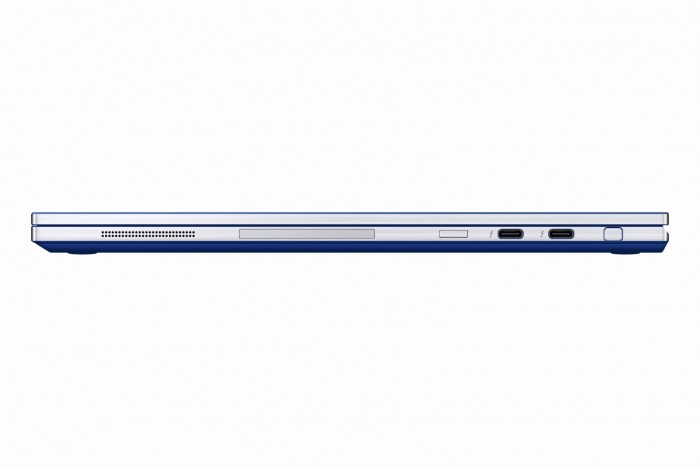
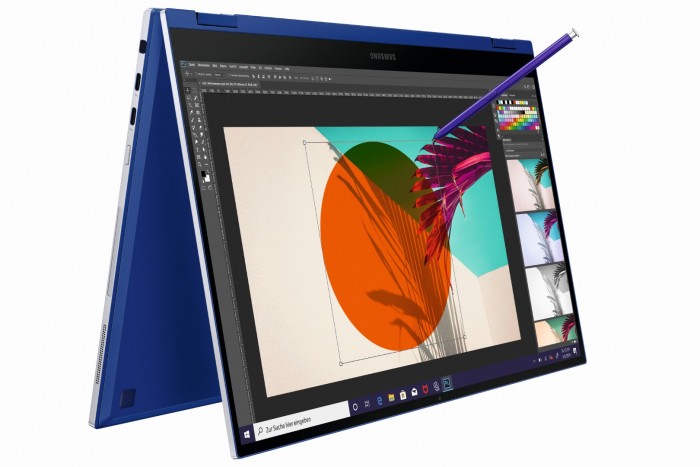
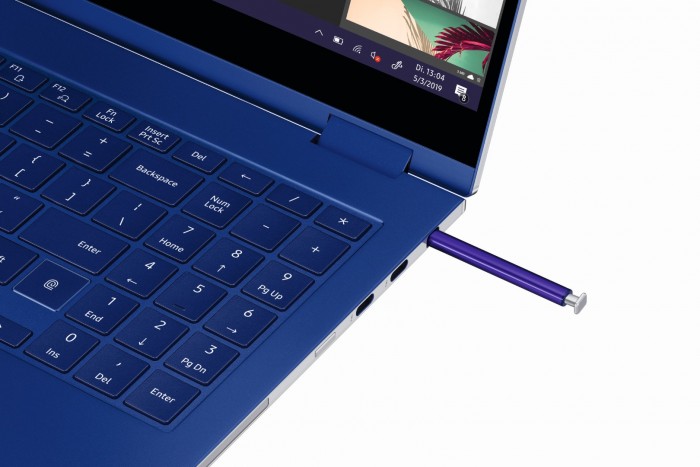
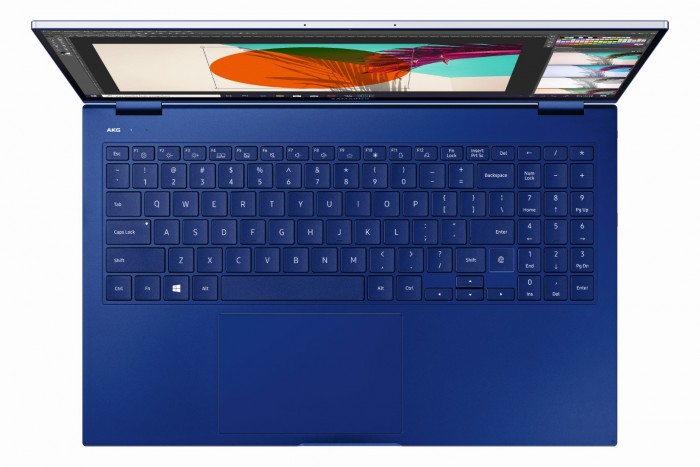
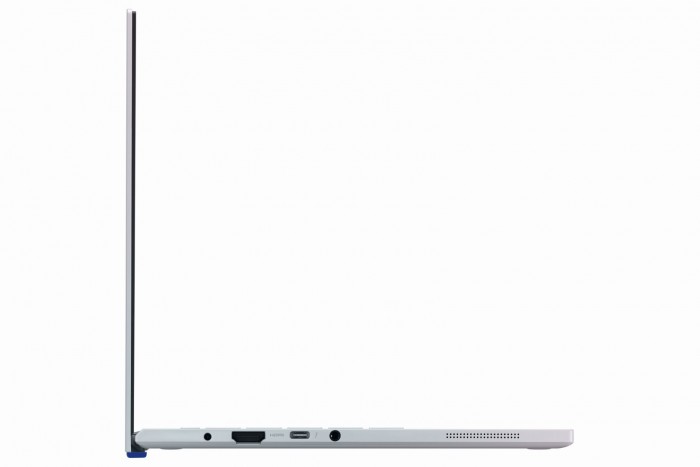
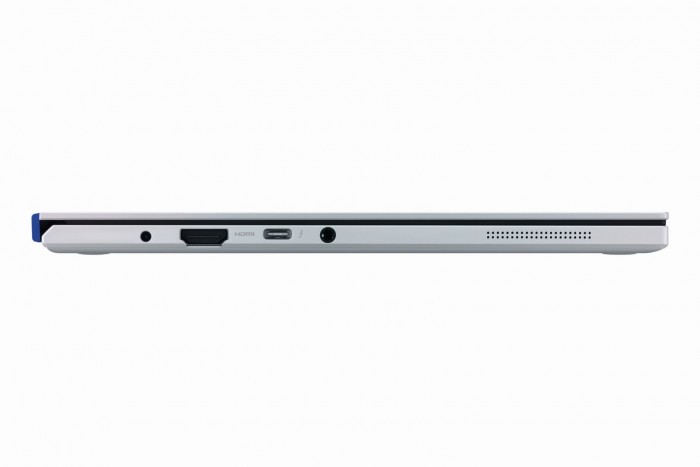
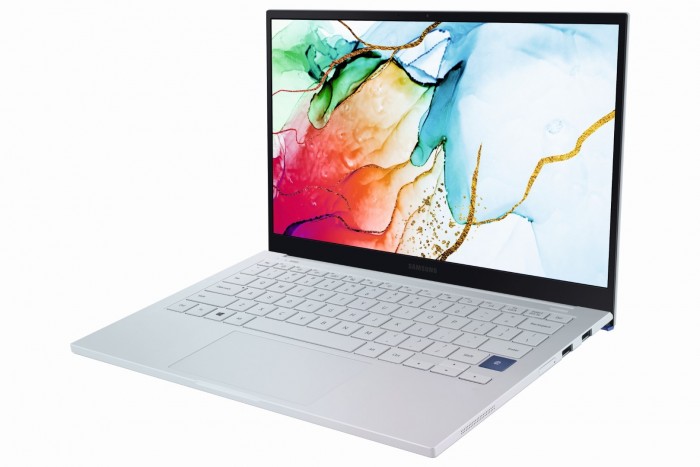
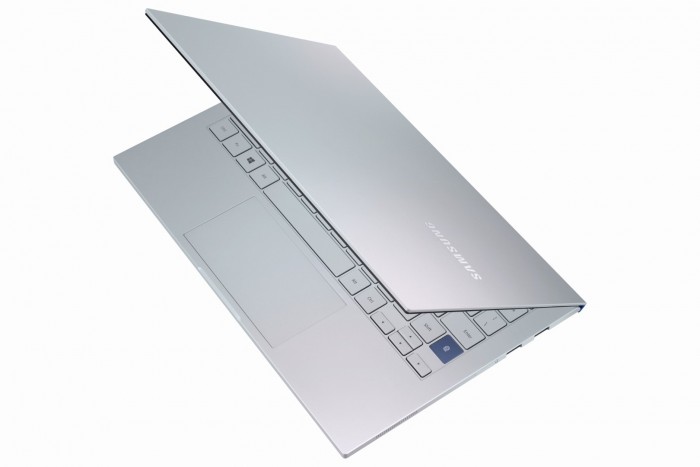
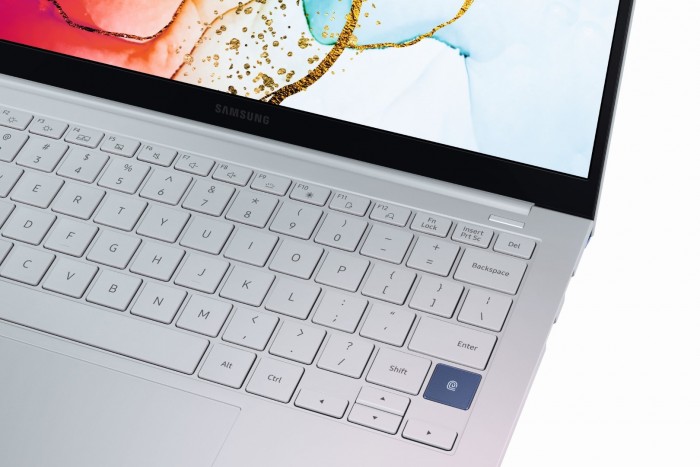
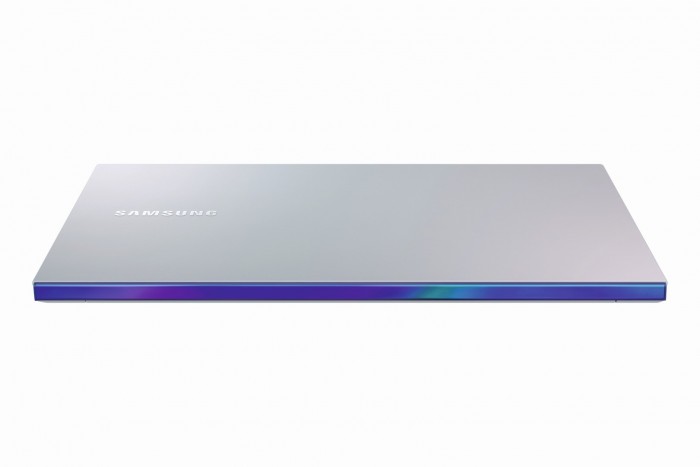
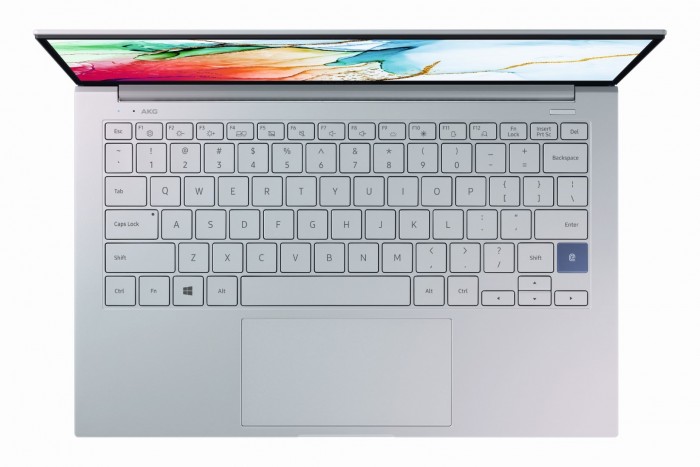
Das Galaxy Book Ion hat zwei USB-A-Ports (3.2 Gen1), Thunderbolt 3, HDMI 2.0 und einen Micro-SD-Kartenleser verbaut. Das Flex-Convertible verzichtet auf USB-A und nutzt stattdessen Thunderbolt 3 und zwei zusätzliche USB-C-Ports (3.2 Gen2). Beide Notebooks unterstützen Wi-Fi 6 und haben Akkus mit 70 Wattstunden, egal welche Größe.
Beide Notebooks sollen ab dem 5. Juni bestellt werden können. Das Galaxy Book Ion 13 kostet ab 1.400 Euro, das Galaxy Book Ion 15 ab 1.500 Euro. Für das Galaxy Book Flex verlangt das Unternehmen 1.600 Euro (13 Zoll) und 1.630 Euro (15 Zoll).